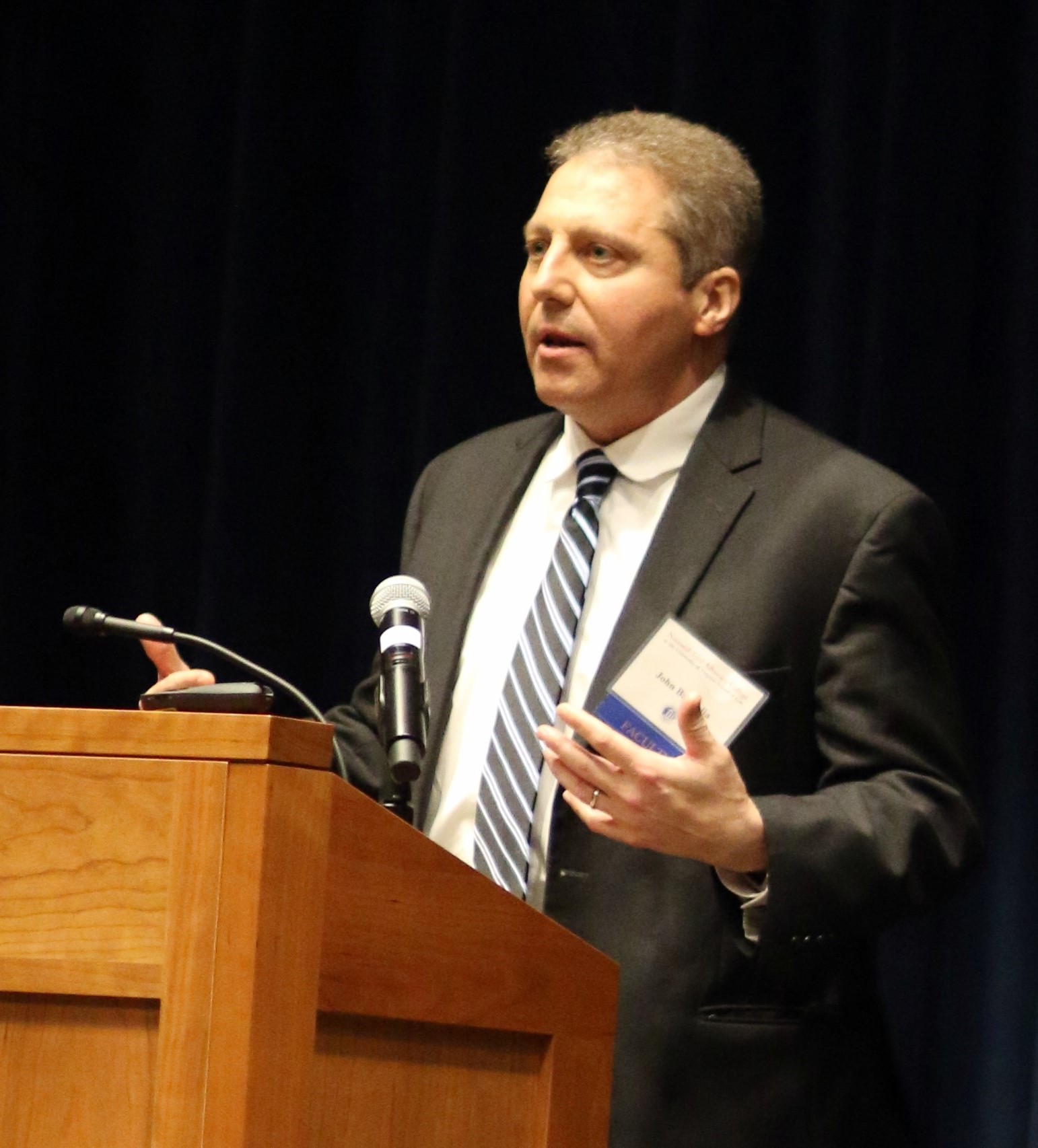
John Battaglia
s an accomplished first-chair trial lawyer, appellate lawyer, and former US Justice Department lawyer who has successfully tried to verdict a broad array of civil and criminal cases. While the subject matter of his cases over the past 22-plus years has ranged from immigration to intellectual property, from guns, drugs, and violence to advanced electrical engineering, pharmaceuticals, and ice-hockey equipment, Mr. Battaglia’s area of particular interest and expertise is patent litigation. Mr. Battaglia has successfully argued cases before the U.S. Courts of Appeal for the Federal, Second, Sixth, Seventh, and Ninth Circuits. He argued and prevailed in In re Papst Licensing Digital Camera Patent Litig. (Fed. Cir. 2015), a case involving numerous adverse issues and the first Federal Circuit case to address the impact of the Supreme Court’s decision in Teva v. Sandoz. For that victory, the legal press dubbed Mr. Battaglia and his team a “Legal Lion.”

Recent Articles by John Battaglia
If you’re looking for some positive patent news from 2020, count the heightened civic awareness of our intellectual-property/innovation policies, as a result of the global pandemic, as a silver lining. But our present task is to report on the 2020 highlights from the Federal Circuit; unfortunately, it’s all downhill from here. If 2019 had Section 101 law as its defining issue, given the Federal Circuit and
Supreme Court’s slate of rulings and non-rulings, 2020 only seemed to make the Section101 exclusions even broader. The capstone was AAM, Inc. v. Neapco Holdings LLC, 966 F.3d 1347 (Fed. Cir. 2020), the Federal Circuit’s denial of en-banc consideration (again) of Section 101 rulings that, all judicial protests aside, seemed to plainly expand a reviewing court’s power under Section 101 (again). And in ways many would’ve thought unimaginable just six-to-eight years ago, when Mayo-Alice emerged from the Supreme Court with only “inventive-concept” tests ringing about. Neapco’s panel ruling in the fall of 2019 was the proverbial shot across the Section112 bow.
The Supreme Court and Federal Circuit permit prevailing patentees to obtain a higher royalty rate for an infringer’s post-judgment infringing sales. But whatever the reason, district courts have oft-resisted, even establishing presumption-like rules that a court’s post-judgment rate will merely match the pre-judgment rate determined by the jury. While the Federal Circuit recognized the availability of post-judgment running royalties more than a decade ago, litigators addressing the issue at the trial level still have leeway to urge many of the principles that govern and can shape this process. We outline the developments in this area of law since its 2007 inception, including various open issues left for the Federal Circuit’s precedential consideration.

![[IPWatchdog Logo]](https://ipwatchdog.com/wp-content/themes/IPWatchdog%20-%202023/assets/images/temp/logo-small@2x.png)
